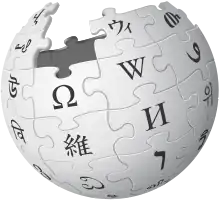木漏れ日
Japanese
FWOTD – 14 April 2017
Etymology
| Kanji in this term | ||
|---|---|---|
| 木 | 漏 | 日 |
| こ Grade: 1 |
も Grade: S |
ひ > び Grade: 1 |
| kun’yomi | ||
| Alternative spellings |
|---|
| 木漏日 木洩れ日 木洩日 木洩れ陽 |
Compound of 木 (ko, “tree”, ancient combining form of modern 木 ki) + 漏れ (more, “leaking, coming through”, the 連用形 (ren'yōkei, “continuative or stem form”) of verb 漏れる moreru, “to leak, to come through”) + 日 (hi, “sun; sunlight”).[1][2] The hi changes to bi as an instance of rendaku (連濁).

木漏れ日 (komorebi): sunlight streaming through the trees.
Pronunciation
Noun
木漏れ日 • (komorebi)
References
- Shōgaku Tosho (1988) 国語大辞典(新装版) [Unabridged Dictionary of Japanese (Revised Edition)] (in Japanese), Tōkyō: Shogakukan, →ISBN
- Matsumura, Akira, editor (2006), 大辞林 [Daijirin] (in Japanese), Third edition, Tōkyō: Sanseidō, →ISBN
- NHK Broadcasting Culture Research Institute, editor (1998), NHK日本語発音アクセント辞典 [NHK Japanese Pronunciation Accent Dictionary] (in Japanese), Tōkyō: NHK Publishing, →ISBN
Further reading
 木漏れ日 on the Japanese Wikipedia.Wikipedia ja
木漏れ日 on the Japanese Wikipedia.Wikipedia ja
This article is issued from Wiktionary. The text is licensed under Creative Commons - Attribution - Sharealike. Additional terms may apply for the media files.